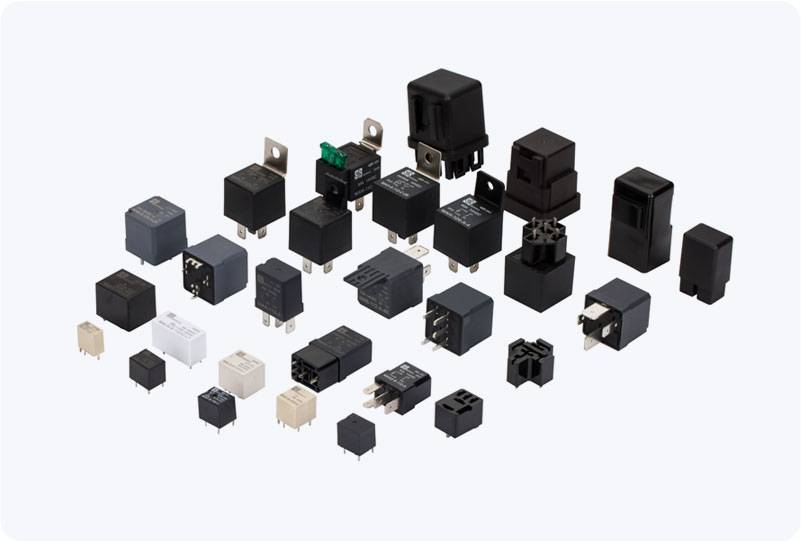In the rapidly advancing world of technology, communication plays a pivotal role in ensuring seamless interaction between devices, networks, and individuals. One of the essential components facilitating this communication is the concept of the communication relay. A communication relay refers to a device or system that receives a signal, amplifies it, and transmits it to the next point in the network. This process ensures that signals can travel longer distances and maintain their integrity, especially when there are obstacles or limitations in the direct transmission path. The significance of communication relays spans multiple fields, from telecommunications to space exploration, and they continue to be a cornerstone in modern communication systems.

The Basics of Communication Relay At its core, a communication relay operates on a relatively simple principle: it acts as an intermediary between two points of communication. In a typical relay setup, a signal is received by the relay, which processes or amplifies it and then forwards it to the next stage. The most common use of communication relays is seen in network communications where data signals are transferred over long distances. Without relays, signal degradation could occur, especially in scenarios involving obstacles or high-frequency signals that are prone to loss. Relays can take various forms depending on the application. In traditional telecommunications, such as telephone networks, relay stations are used to amplify signals over long distances. In satellite communications, relays in the form of relay satellites can transmit signals between different regions of the Earth’s surface. These relays ensure that even remote or difficult-to-reach locations can maintain a stable communication link with the rest of the world.